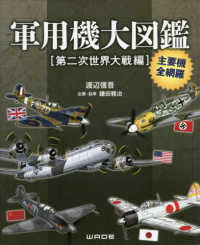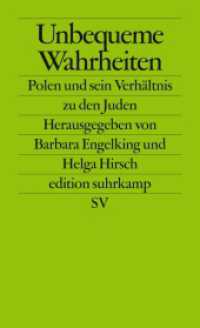Full Description
This research-based, activity-oriented guide offers a highly effective framework for teacher reflection and self-assessment. Highlighting inquiry-based, learner-centered teaching and grounded in a cognitive perspective, this fourth edition features:
Updated observation instruments for preservice or beginning teachers to use when observing other teachers.
Additional guidelines, instruments, and rubrics for supervisors to use when observing, conferencing with, and assessing beginning or student teachers.
Added focus on teaching for understanding via engagement and critical thinking.
Chapter-specific updates include updated research literature, refinements to Tables 2.1 and 3.1 for depth and clarity, and updated examples of student work. Thoroughly revised throughout, the fourth edition continues to provide preservice mathematics teachers with practical ideas for developing and honing reflective and self-analytical skills needed to advance and improve their instructional practice.
Contents
Part 1: Philosophical Basis for the Model 1. Toward an Understanding of Student-Centered Teaching 2. A Framework for the Examination of Instructional Practice 3. A Framework for the Examination of Teacher Cognitions 4. Putting It All Together Part 2: How to Use the Model 5. Using the Interrelated Model of the Instructional Practice Framework (IPF) and Teacher Cognition Framework (TCF) to Examine Teaching 6. Using the Interrelated Model of the Instructional Practice Framework (IPF) and Teacher Cognition Framework (TCF) to Examine Your Own Instructional Practice and Cognitions 7. Using a Portfolio to Document How You Engage in Self-Assessment and Reflection Part 3: Evidence—The Model in Action 8. Case Studies of the Model in Action: Five Cases







